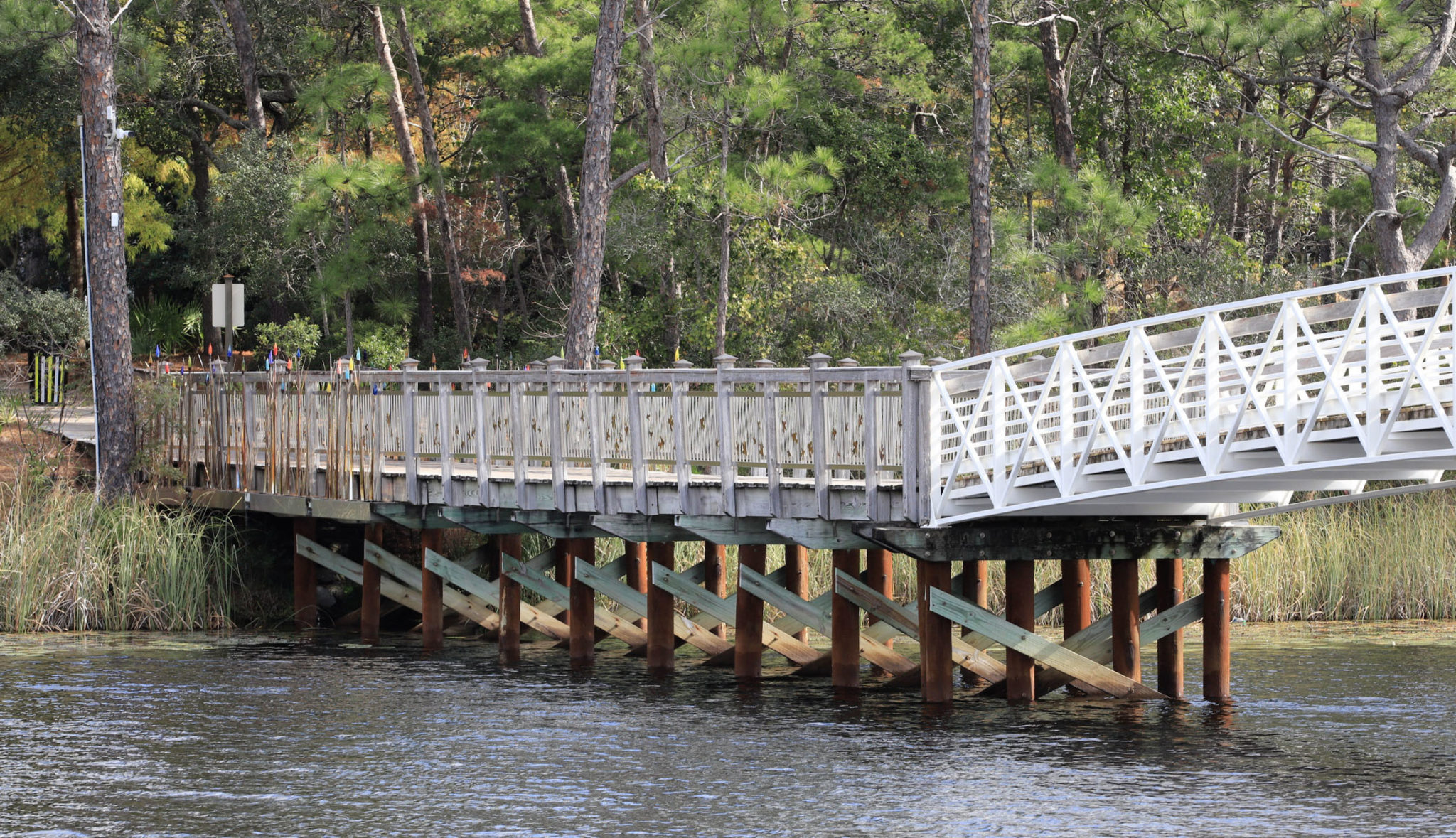Wood is one of the world’s most trusted building materials — natural, renewable, and beautiful. But in outdoor and high-moisture conditions, it needs a little help to resist insects, fungi, and decay. That’s where wood preservatives make all the difference.
Used to extend the life and performance of lumber, wood preservatives help builders, homeowners, and engineers get more value and longer service from every board — especially when working with pressure-treated Southern Pine.
Why Wood Preservatives Matter
Untreated wood exposed to the elements will eventually weaken. Moisture invites decay fungi, while insects and microorganisms can turn strong lumber into dust. Pressure-treated wood, infused with wood preservatives, stops that process in its tracks.
Southern Pine, with its unique cellular structure, is especially well-suited for deep preservative penetration — protecting the wood from the inside out without needing to be “incised” (mechanically perforated). That makes it both stronger and longer-lasting.
The result? Lumber that’s naturally renewable, structurally sound, and resistant to the elements for decades.
How Pressure Treatment Works
Pressure treatment forces wood preservatives deep into the wood fibers using high pressure. This process ensures long-term protection against fungi, termites, and decay — even in the most demanding conditions.
Different projects call for different preservative types, from waterborne to oilborne to creosote-based systems. The best preservative depends on the wood species, service environment, and end use.
Types of Wood Preservatives
Waterborne Preservatives
These are the most common wood preservatives for residential, commercial, and agricultural projects. They’re clean, odorless, paintable, and registered with the EPA for interior and exterior use.
Copper-Based Preservatives
- Ammoniacal Copper Zinc Arsenate (ACZA), also known as Chemonite, is used most often in aquatic environments, with treaters in the South and West using this preservative.
- Micronized Copper Azole (MCA) uses ultra-fine copper particles to reduce corrosion and environmental impact.
- Chromated Copper Arsenate (CCA) is still used in industrial, marine, and utility applications like pilings, poles, and bridge timbers.
Non-Copper-Based Preservatives
- Carbon-Based Systems (PTI, EL2) are ideal for above-ground residential uses, offering a natural look and lower corrosion potential.
- Borate Preservatives (SBX) are perfect for interior framing, sill plates, and protected exterior trim. They’re highly effective in dry environments and easy to finish with paint or stain.
Creosote-Based Preservatives
Creosote is one of the oldest and most durable wood preservatives used today. It’s ideal for severe service conditions such as marine pilings, railroad ties, and utility poles. While not used in residential settings, it provides unmatched protection against marine borers and heavy weather.
Oilborne Preservatives
Oilborne wood preservatives are used primarily in industrial and utility settings.
- Copper Naphthenate: Used for field-cut treatments, glulam beams, and utility structures.
- Oxine Copper: A low-toxicity option for above-ground and food-related applications, such as transport crates or storage structures.
- DCOI (4,5-dichloro-2-octylisothiazolinone): This option has replaced pentachlorophenol (penta) for the most part and is mostly used for utility poles and other infrastructure products.
Best Practices for Building with Treated Wood
Fasteners and Connectors
The metal components that connect treated lumber must be compatible with the type of wood preservative used.
- Choose hot-dipped galvanized, stainless steel, or silicon bronze fasteners for maximum corrosion resistance.
- Avoid mixing metals and never use aluminum with copper-based treatments in exterior environments.
- Always check both preservative and hardware manufacturer recommendations — and follow building code requirements (IBC Section 2304.10.5.1 / IRC Section R317.3).
Drying After Treatment
Because waterborne treatments add moisture, treated wood can be redried — either kiln-dried after treatment (KDAT) or air-dried after treatment (ADAT) — for stability and strength.
Drying is especially important for decks, porches, flooring, and trim where a tight fit and long-term performance are key.
The Environmental Advantage of Treated Wood
Here’s something surprising: wood treated with preservatives has a lower environmental impact than steel, concrete, or composite materials used for similar applications.
Life-cycle studies by the Treated Wood Council show that preservative-treated wood requires less energy to produce, emits fewer greenhouse gases, and continues to store carbon throughout its life.
Wood’s environmental cycle looks like this:
- Trees absorb carbon dioxide as they grow.
- Managed forests replace harvested trees with new growth.
- Wood products store carbon during use — about 50% of their weight is carbon.
- When recycled or reused, they continue storing carbon indefinitely.
That’s sustainability in action.
Building Smarter with Southern Pine
From decks and fences to marine pilings and utility poles, wood preservatives make it possible for Southern Pine to perform reliably in virtually any environment.
When you need strength, longevity, and a sustainable material that keeps working as hard as you do, pressure-treated Southern Pine is the smart choice.
